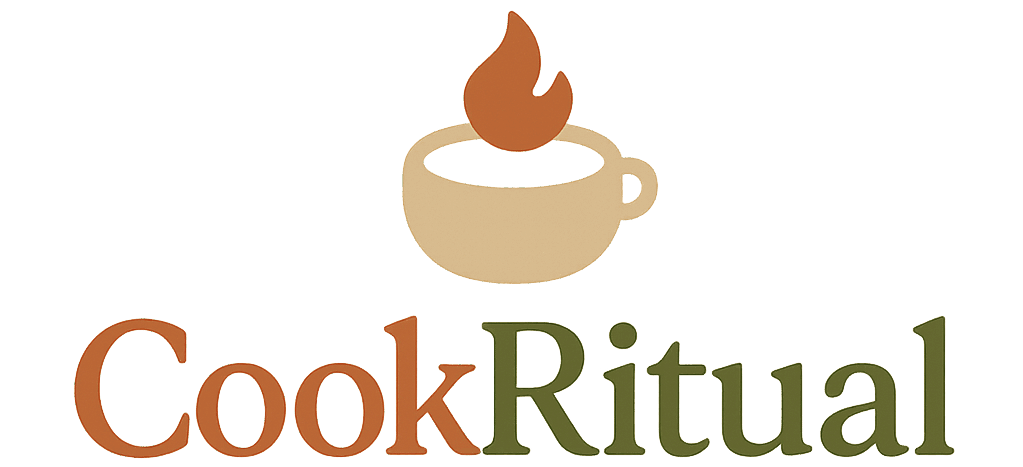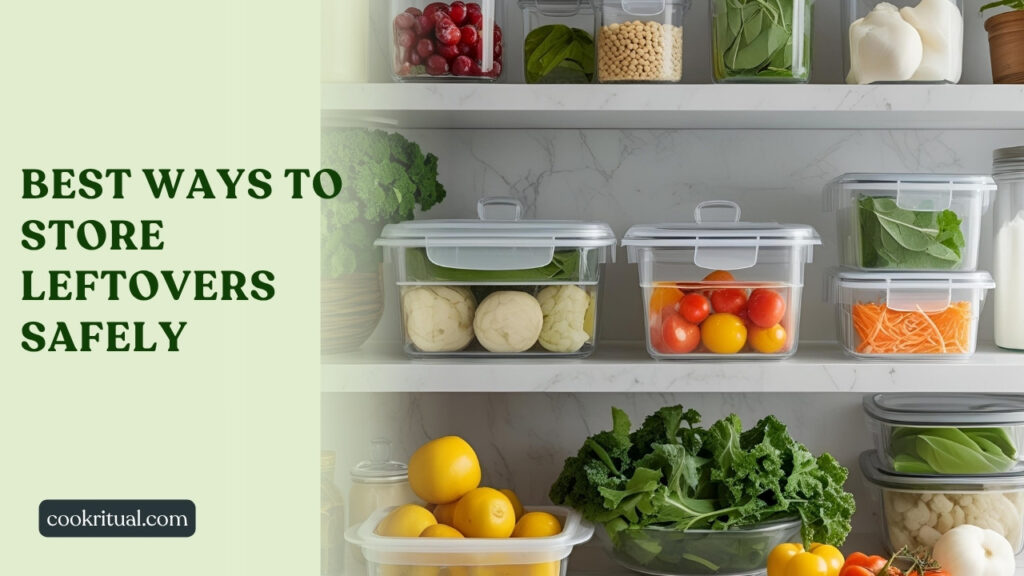Storing leftovers the right way is one of the simplest and smartest habits we can build to protect our health, reduce food waste, and save time on busy days. Whether we’re meal prepping for the week or simply saving last night’s dinner, knowing how to store cooked food safely can make all the difference between a healthy meal and a spoiled one.
We’ve all been there—digging into the back of the fridge only to find a forgotten container that looks… questionable. It’s not just about keeping things fresh; it’s about preventing foodborne illnesses, stretching our grocery budget, and making the most of every bite we prepare. With a few easy-to-follow practices, we can keep leftovers delicious, safe, and ready when we need them most.
In this guide, we’ll walk through the best ways to store leftovers safely, from choosing the right containers and cooling methods to smart freezing and reheating tips. Whether you’re cooking for one or managing a family kitchen, these expert-backed steps will help keep your meals safe and stress-free.
Contents
- 1 Why Leftover Storage Matters
- 2 General Rules for Safe Food Storage
- 3 Best Containers for Storing Leftovers
- 4 Labeling and Organizing Leftovers
- 5 How to Freeze Leftovers Properly
- 6 Reheating Stored Food the Safe Way
- 7 Common Mistakes to Avoid
- 8 Recommended Products for Storing Leftovers
- 9 Frequently Asked Questions (FAQs)
- 10 Conclusion: Smart Storage Means Safe Meals
Why Leftover Storage Matters
Unsafe storage can lead to foodborne illness
Improper food storage can cause harmful bacteria to grow quickly. These bacteria, like Salmonella and Listeria, can make us sick—even if the food looks and smells fine. According to the CDC, foodborne illnesses affect 48 million people in the U.S. each year.
When we leave leftovers out too long or store them in the wrong way, we give germs a chance to grow. That’s why storing cooked food the right way is key to staying healthy.
Proper storage helps reduce food waste
Throwing out spoiled leftovers is a waste of money, time, and effort. The USDA says that 30–40% of the U.S. food supply is wasted—much of it from homes. By storing food safely, we can make it last longer and cut back on waste.
It saves money and time
Storing leftovers means fewer last-minute takeout orders or extra trips to the store. With a little planning, yesterday’s dinner can become today’s lunch, helping us stick to our food budget and stay on track with healthy eating goals.
General Rules for Safe Food Storage
Cool food quickly
Bacteria grow fastest between 40°F and 140°F. This is called the “danger zone” (FDA). To avoid it, leftovers should be cooled and put in the fridge within two hours of cooking. If it’s a hot day or the room is warm, refrigerate within one hour.
Tip: Divide large batches (like soups or casseroles) into smaller containers. This helps them cool faster.
Store at the right temperature
The refrigerator should be at or below 40°F (4°C), and the freezer should be at 0°F (-18°C). Use a fridge thermometer to check if you’re not sure. The USDA explains that keeping food cold slows bacteria growth.
Cover and seal all containers
Use airtight containers or wrap leftovers tightly in foil or plastic wrap. This keeps moisture in and stops smells from spreading. It also helps protect food from cross-contamination, especially in a shared fridge.
Best Containers for Storing Leftovers
Choose containers that seal tight
Airtight containers are best for keeping leftovers fresh. They stop air and bacteria from getting in. Look for lids that snap or screw on tight. This helps food stay tasty longer.
Glass vs plastic: what’s better?
Both have pros and cons:
- Glass containers don’t stain or absorb smells. They’re safe for microwaves and ovens, and many are dishwasher-friendly.
- Plastic containers are light and less likely to break, but some may warp or stain. Choose BPA-free plastic to keep things safer.
The National Institutes of Health (NIH) warns about BPA and its possible effects on health. That’s why we should use BPA-free options whenever possible.
Use freezer-safe containers for frozen food
Not all containers are freezer-friendly. Make sure yours are labeled “freezer-safe” to avoid cracking or freezer burn. Silicone bags, mason jars (with space for expansion), and heavy-duty plastic containers work great for freezing.
Labeling and Organizing Leftovers
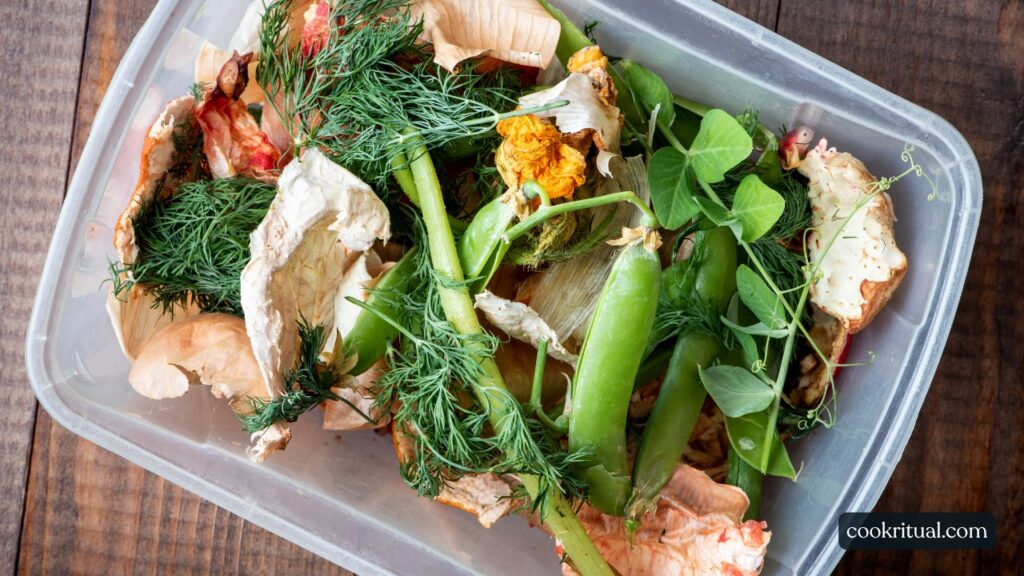
Label everything with date and name
It’s easy to forget when we stored something. That’s why labeling leftovers is a simple but smart move. Just use a piece of masking tape or a sticky label and write the name of the food and the date it was stored. This helps us keep track of freshness and avoid guessing later.
The USDA recommends eating refrigerated leftovers within 3 to 4 days. Knowing the date makes it easier to follow this rule.
Use a “first in, first out” system
Place older items at the front of the fridge or freezer. Newer ones go in the back. This kitchen storage hack helps make sure we use up food before it goes bad. It also keeps our fridge organized.
Use leftover tracking tools
Want a techy tip? Try apps like NoWaste or Too Good To Go to keep track of stored food. These tools send alerts before food expires and reduce waste in busy households.
How to Freeze Leftovers Properly
Cool food before freezing
Let hot food cool before placing it in the freezer. This prevents ice crystals from forming and protects freezer temperature. The FDA suggests cooling food to room temperature within two hours before freezing.
Use freezer-safe containers or bags
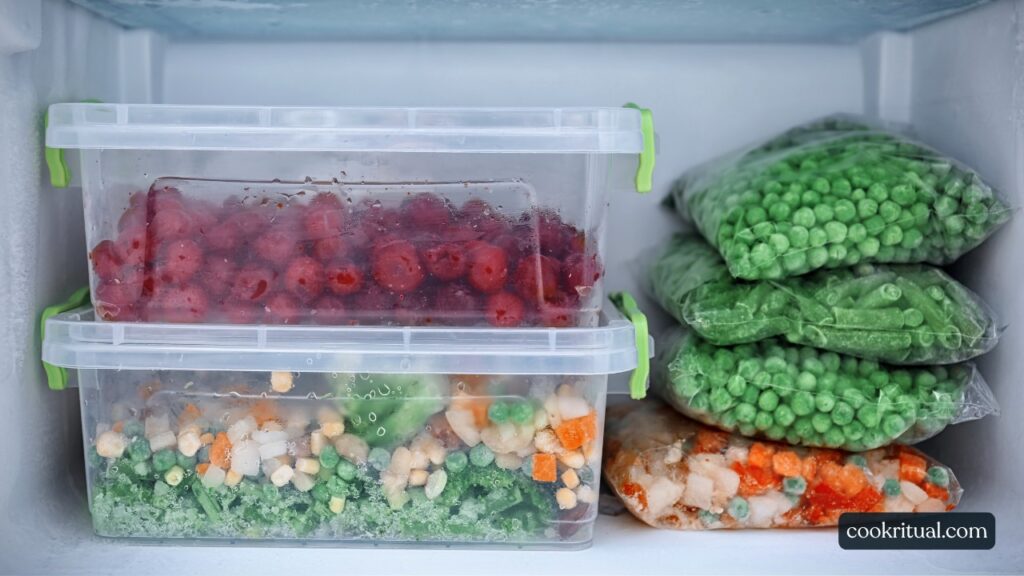
Choose freezer-safe containers, silicone bags, or vacuum-sealed bags to protect against freezer burn. Always leave a little space in containers because food expands when frozen.
Pro tip: Use stackable containers to save space and keep your freezer neat.
Label and date everything
Frozen food can last longer, but it still has limits. Label and date all frozen items clearly. According to the FoodSafety.gov Cold Storage Chart, most leftovers can stay frozen for 2 to 6 months depending on the food.
Reheating Stored Food the Safe Way
Heat to the right temperature
Always reheat leftovers to 165°F (74°C). This kills bacteria that might have grown during storage. Use a food thermometer to be sure. The USDA confirms that this is the safest way to reheat cooked food.
Stir well and check for cold spots
Microwaves can heat unevenly. Stir soups, stews, or casseroles halfway through cooking. Let them sit for a minute to spread the heat evenly. This helps prevent cold spots where bacteria might survive.
Avoid reheating more than once
Only take out what you plan to eat. Reheating food multiple times increases the risk of foodborne illness. If leftovers are reheated, they should be eaten right away, not cooled and stored again.
Common Mistakes to Avoid
Leaving food out too long
One of the biggest mistakes is leaving food at room temperature for hours. Bacteria grow quickly between 40°F and 140°F. According to the FDA, cooked food should be refrigerated within 2 hours, or within 1 hour if it’s hot outside.
Storing in the wrong containers
Using containers not meant for food, like takeout boxes or bowls without lids, can lead to leaks or spoilage. Stick to BPA-free, food-safe containers. This protects the taste and safety of your food. Learn more about safe plastic use from the NIH.
Reheating food over and over
Each time we reheat food, we raise the risk of bacteria growing if it cools back down. Only reheat what you’ll eat, and don’t put it back in the fridge after reheating.
Recommended Products for Storing Leftovers
Best types of containers
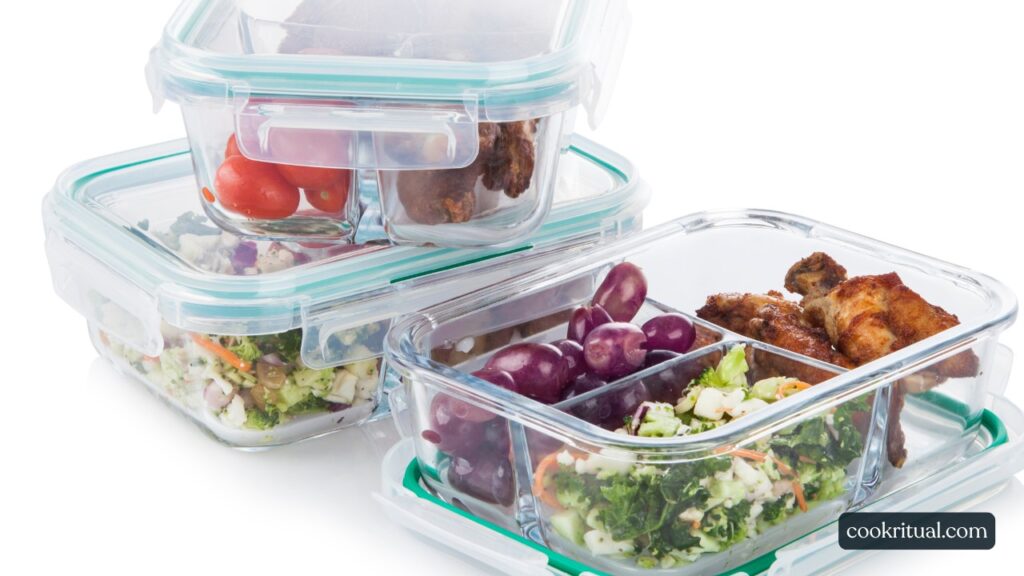
- Glass containers with snap lids – Microwave-safe, durable, and don’t absorb smells.
- BPA-free plastic containers – Lightweight and great for lunches or snacks.
- Silicone storage bags – Reusable, eco-friendly, and perfect for freezing.
Trusted brands like Pyrex and OXO offer top-rated options for safe food storage.
Helpful tools for safe storage
- Fridge thermometer – To ensure your fridge stays under 40°F.
- Labeling markers or tape – For tracking dates easily.
- Vacuum sealers – Great for long-term freezing and reducing freezer burn.
These simple tools can make leftover storage more effective and stress-free.
Frequently Asked Questions (FAQs)
How long can leftovers stay in the fridge?
Most leftovers are safe for 3 to 4 days in the fridge. After that, bacteria may grow even if the food looks fine. See the USDA’s food safety chart for more details.
Is it okay to put hot food directly in the fridge?
Yes. The CDC says it’s safe to place hot food in the fridge, as long as it’s in shallow containers. This helps it cool quickly and evenly.
Can I refreeze leftovers after reheating them?
It’s best not to. Once food is reheated, eat it right away. Refreezing reheated food can lower its quality and increase the risk of illness.
Conclusion: Smart Storage Means Safe Meals
Learning the best ways to store leftovers safely isn’t just about saving food—it’s about protecting health, saving money, and making life easier. By cooling, sealing, and labeling food the right way, we avoid waste and enjoy tasty meals later on.
